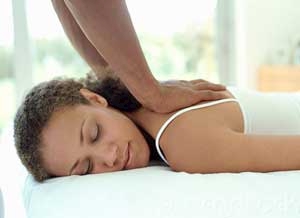 |
 |
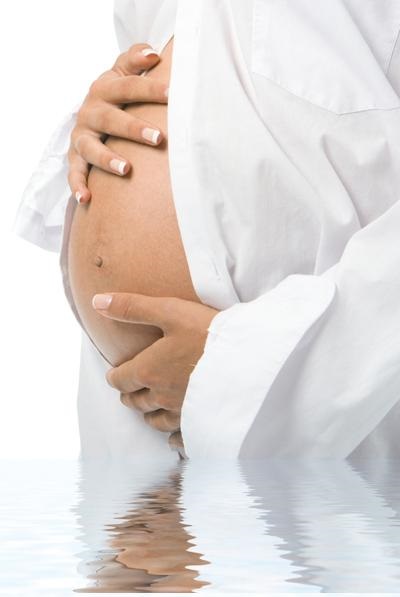 |
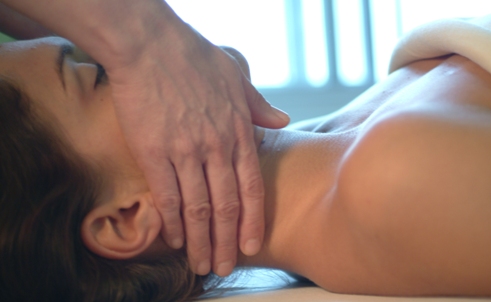 |
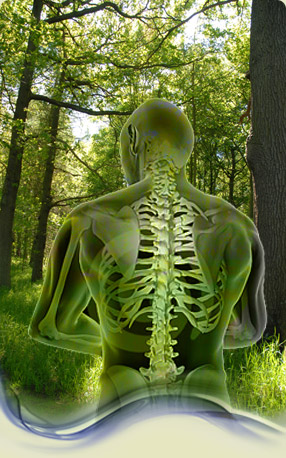 |
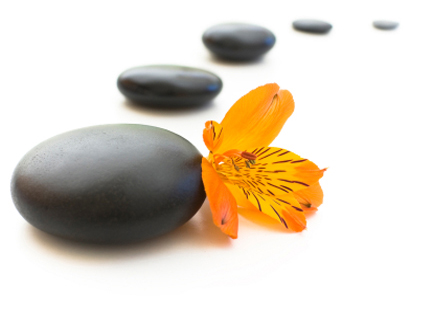 |
 |
 |
 |
 |
 |
 |
|
Bodywork Menu |
An article in Wall Street Journal explores the emerging research results on the benefits of massage ( http://online.wsj.com/article/SB10001424052702304537904577277303049173934.html) Research over the past couple of years has found that massage therapy boosts immune function in women with breast cancer, improves symptoms in children suffering from asthma, and increases grip strength in patients with carpal tunnel syndrome. Giving massages to the littlest patients, premature babies, helped in the crucial task of gaining weight. The benefits go beyond feelings of relaxation and wellness that people may recognize after a massage. The American College of Physicians and the American Pain Society now include massage as one of their recommendations for treating low back pain, according to guidelines published in 2007. New research is also starting to reveal what happens in the body after a massage. While there have long been theories about how massage works—from releasing toxins to improving circulation—those have been fairly nebulous, with little hard evidence. Now, one study, for example, found that a single, 45-minute massage led to a small reduction in the level of cortisol, a stress hormone, in the blood, a decrease in cytokine proteins related to inflammation and allergic reactions, and a boost in white blood cells that fight infection. There's been a surge of scientific interest in massage. The National Center for Complementary and Alternative Medicine, part of the National Institutes of Health, is currently spending $2.7 million on massage research, up from $1.5 million in 2002. The research is being driven, in part, by massage therapy's popularity. About 8.3% of American adults used massage in 2007, up from 5% in 2002, according to a National Health Statistics report that surveyed 23,393 adults in 2007 and 31,044 adults in 2002, the latest such data available. Massage was expected to be a $10 billion to $11 billion industry in 2011 in the U.S., according to estimates by the American Massage Therapy Association, a nonprofit professional organization. "There is emerging evidence that [massage] can make contributions in treating things like pain, where conventional medicine doesn't have all the answers," said Jack Killen, NCCAM's deputy director. Massage is already widely used to treat osteoarthritis, for which other treatments have concerning side effects. A study published in the Archives of Internal Medicine in 2006 showed that full-body Swedish massage greatly improved symptoms of osteoarthritis of the knee. Patients who had massages twice weekly for four weeks and once a week for an additional four weeks had less pain and stiffness and better range of motion than those who didn't get massages. They were also able to walk a 50-foot path more quickly. "If [massage] works then it should become part of the conventionally recommended interventions for this condition and if it doesn't work we should let [patients] know so they don't waste their time and money," says Adam Perlman, the lead author of the study and the executive director of Duke Integrative Medicine in Durham, N.C. In a small study published in the journal Science Translational Medicine last month, a 10-minute massage promoted muscle recovery after exercise. In the study, 11 young men exercised to exhaustion and then received a massage in one leg. Muscle biopsies were taken in both quad muscles before exercise, after the massage and 2½ hours later. The short massage boosted the production of mitochondria, the energy factory of the cell, among other effects. "We've shown this is something that has a biological effect," says Mark Tarnopolsky, a co-author of the study and a professor of pediatrics and medicine at McMaster University Medical Center in Hamilton, Ontario. A 2010 study with 53 participants comparing the effects of one 45-minute Swedish massage to light touch, found that people who got a massage had a large decrease in arginine-vasopressin, a hormone that normally increases with stress and aggressive behavior, and slightly lower levels of cortisol, a stress hormone, in their blood after the session. There was also a decrease in cytokine proteins related to inflammation and allergic reactions. Mark Hyman Rapaport, the lead author of the study and the chairman of psychiatry and behavioral science at the Emory University School of Medicine in Atlanta, says he began studying massage because, "My wife liked massages and I wasn't quite sure why. I thought of it as an extravagance, a luxury for only people who are very rich and who pamper themselves." Now, Dr. Rapaport says he gets a massage at least once a month. His group is now studying massage as a treatment for generalized anxiety disorder. |
||||
| Have a Look at Our Therapist's Resume | Contact Us | ||||
| Northland, Kerikeri, Massage, Maternity Massage, Pregnancy Massage, Kerikeri, Back Pain, Neck Pain, Kerikeri | |||||